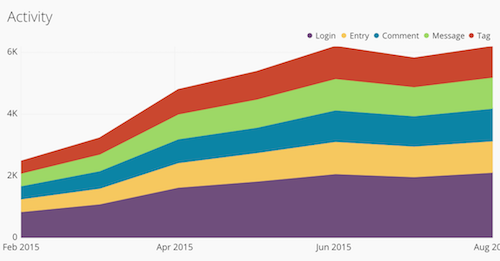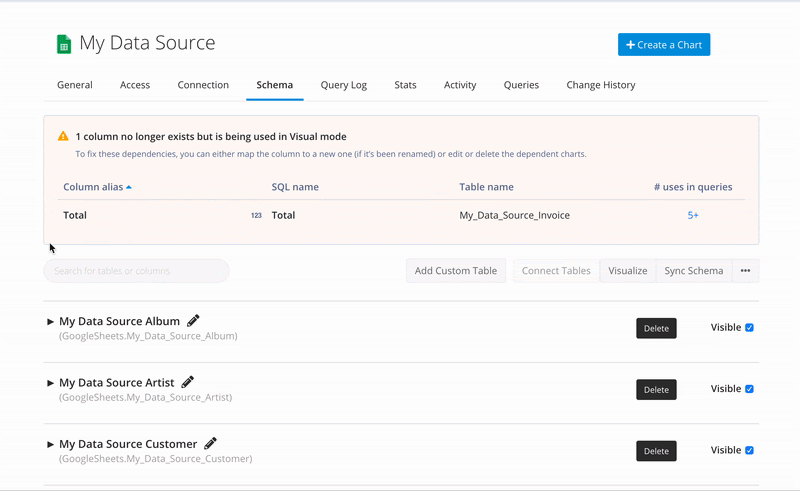Why Product Analytics is not just for the Product Team
Posted by on May 25, 2017 Product, Data, Data Analytics, Business Intelligence
One of the most significant operating shifts for companies today is adopting an analytical mindset. As a whole, we’re living in a buyer’s market, trying to swim upstream by reaching prospects at the right time and curating personalized messaging. With that, sometimes we tend to forget that we too have a card to play in this game: data.
It goes without saying that insights pulled from our own business data is a critical component to our livelihood, but so many of us just aren’t using it to its full advantage. If the future of modern business relies on being data-driven, let’s examine how product analytics can help shape the future of software companies.
While product data is obviously useful for the Product and Engineering teams, it’s also incredibly powerful to every other department within a company.
For software companies, it’s important to have a few important things checked off:
- You know that analyzing product data is crucial to success
- You have a robust internal product database that tracks product usage, feature usage, monthly active users, etc.
- You use several complementary product tracking tools like Mixpanel and consolidate data using tools like Astronomer and Segment
- You’re actively creating charts and dashboards to measure product performance and usage
The last bullet point is where we’re going to spend the rest of our time unpacking and understanding.
Product Analytics for Product Teams
At any given time, Product Managers want to know how many users are interacting with the product, how many users are coming back to the product and understand if their newly launched feature was a success.
All of these questions could be solved with a product activity charts, like the one below:

Product Managers can use product analytics to learn directly from user data to inform the roadmap and build user-centric features. As Business Intelligence solutions are inherently architected to be a centralized source of truth for companies, it’s crucial to have transparent product analytics charts and dashboards that show product activity. With that, a product analytics dashboard should be shared company-wide, so everyone can leverage product data to inform their efforts.
How Marketers Benefit from Product Analytics
For marketers, learning from product analytics can help streamline their messaging and improve their efforts across the wide spectrum of marketing roles. By looking at which features are used the most, Product Marketing can optimize product pages to highlight the most used features first, rather than guessing on content layout.
Similarly, Demand Generation can optimize landing pages based on product user persona. As marketers are pressed to become data-driven, product analytics is an incredibly useful channel to get insights and learn about user personas, without having to spend any additional budget on a technology.
Customer Success and Product Analytics
While understanding product analytics isn’t an entirely new concept for Customer Success, there are ways in which the team can further leverage product data. For many Customer Success teams, they rely on product analytics to inform conversations with their customers around usage and new features.
Additionally, Customer Success teams can look at product analytics as a way to source educational content, trainings, documentation, etc. For example, if there’s a lot of product drop off with a certain feature, Customer Success can create educational content around practical tips on how to use this feature to boost product stickiness and product satisfaction.
Sales and Product Analytics
While Sales holds the frontline interaction with prospects and have a first-hand account of what messaging is resonating with prospects, they can still benefit from understanding product analytics. When discussing features with prospects, Sales can tailor their messaging based on the data and insights presented from product analytics. Meaning, if a high percentage of users are using a particular product in an interesting way, a Sales rep can highlight benefits of the product rather than talking feature-by-feature.
Conclusion
We’ve asked this question before, “How do you define being data-driven?” And that answer will vary based on a personal definition and company definition. An add-on to our previous answer is this: being transparent with your insights and share them. This example, of sharing product analytics company wide, is only one use case for data transparency. This can apply to any dashboard, for any department.
As we collectively move forward and become data-driven experts in our respective fields, we need to rely on our own internal business data too. So remember, always leverage your data, because you’ll never know what insights you’ll uncover.


